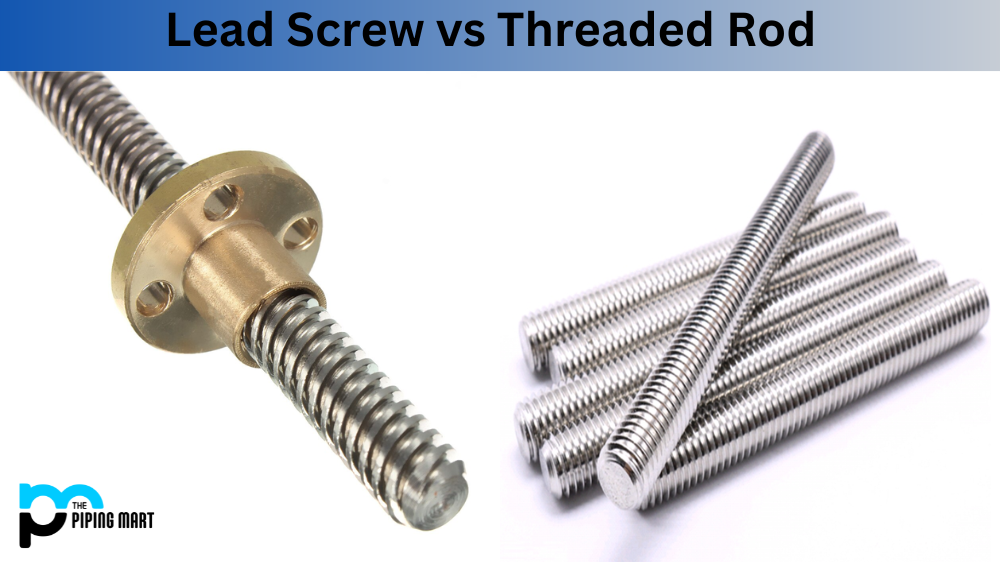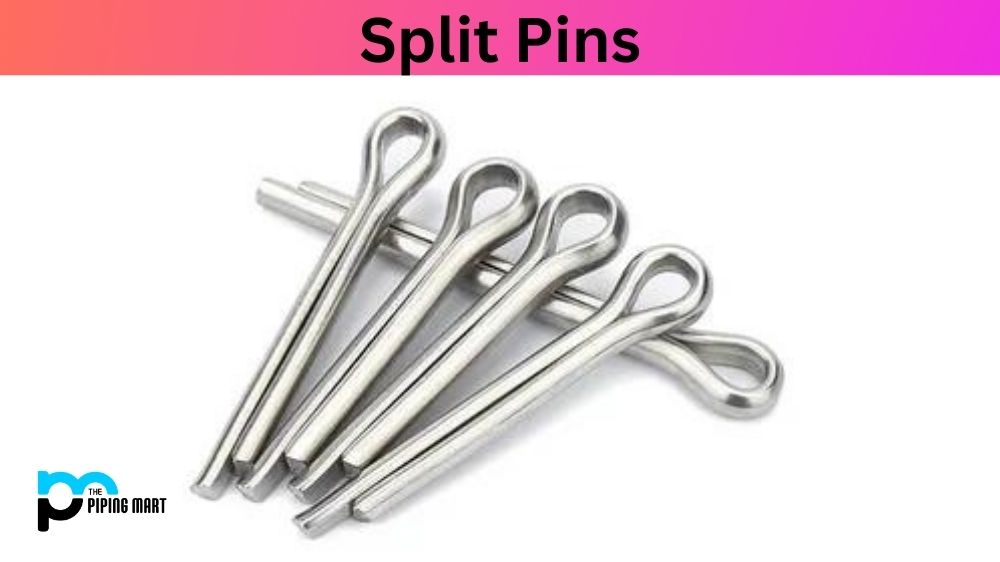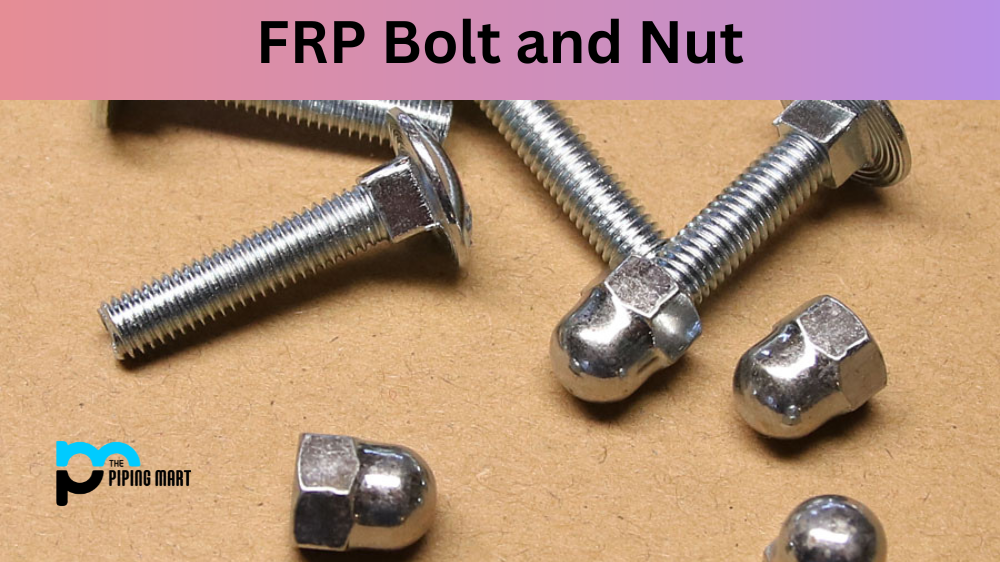Lead screws and threaded rods are two components that are often used in a variety of industrial applications. They both have threads that allow for linear motion but are not interchangeable. Each has unique characteristics that make it better suited for specific applications. In this blog post, we will dive deep into the differences between lead screws and threaded rods, their advantages and disadvantages, and how to decide which is best suited for your application.
Difference Between Threaded Rods and Lead Screws
Threaded Rods
Threaded rods are cylindrical rods with threads that run along the entire length of the rod. They are commonly made from steel, but other materials like aluminium and fibreglass can also be used. They are typically used in applications requiring moderate linear motion, such as in linear actuators or to hold things together.
Advantages of Threaded Rods
One of the most significant advantages of threaded rods is that they are very simple to manufacture and can easily cut to any length. They are also relatively inexpensive, which makes them attractive to many manufacturers. Threaded rods are less expensive than lead screws. Threaded rods are easier to install than lead screws, as they do not require nuts and bolts. Finally, threaded rods can be used in applications where vibration is an issue, as they will not vibrate as much as lead screws.
Disadvantages of Threaded Rods
However, threaded rods are unsuitable for high-precision applications because they have significant backlash. Backlash is the amount of free play or looseness in a mechanical system that occurs when two system components move in opposite directions. This means there can be a delay or lag in motion when a threaded rod is used in precision applications.
Lead Screws
Lead screws are similar to threaded rods but have a different thread profile. They have a square, trapezoidal or acme thread profile, which reduces the amount of backlash and makes them better suited for high-precision applications. Lead screws are commonly made from materials like stainless steel or plastic.
Advantages of Lead Screws
The lead screw is more expensive than a threaded rod but offers greater accuracy and resolution. Lead screws also offer reduced friction, allowing smoother, more precise motion. They are commonly used in CNC machines, 3D printers, and other high-precision industrial machines. Lead screws can be more precise than threaded rods, as the lead provides a consistent linear motion. Lead screws can be used in high-torque applications, as the lead provides added strength. Finally, lead screws are less likely to vibrate than threaded rods, making them ideal for precision applications.
Disadvantages of Lead Screws
Lead screws also have several disadvantages when compared to threaded rods:
- Lead screws can be more difficult to work with than threaded rods, as they require nuts and bolts.
- Lead screws can be less durable than threaded rods, as they are more likely to strip under high loads.
- Lead screws may not be suitable for all applications, as they may not provide enough strength or precision for some applications.
One of the disadvantages of lead screws is that they cannot be easily cut to a specific size. They are manufactured to a specific length, which can limit their flexibility in certain applications.
Choosing Between Lead Screws and Threaded Rods
The choice between a lead screw or a threaded rod depends on the requirements of your application. If you need high precision and low backlash, then a lead screw is better. A threaded rod is better if you need a simple, low-cost solution for moderate linear motion.
For applications requiring accuracy and flexibility, a hybrid solution that combines lead screws and threaded rods may be ideal. This can be achieved using a lead screw for the main motion and a threaded rod for additional support.
Conclusion
In conclusion, the choice between a lead screw and a threaded rod depends on the specific requirements of your application. If you need high precision and low backlash, then a lead screw is better. A threaded rod is the better choice if you are looking for a low-cost solution for moderate linear motion. By understanding the differences and advantages of each, you can make an informed decision that results in the best possible outcome for your application.

Abhishek is a seasoned blogger and industry expert, sharing his insights and knowledge on various topics. With his research, Abhishek offers valuable insights and tips for professionals and enthusiasts. Follow him for expert advice on the latest trends and developments in the metal industry.




